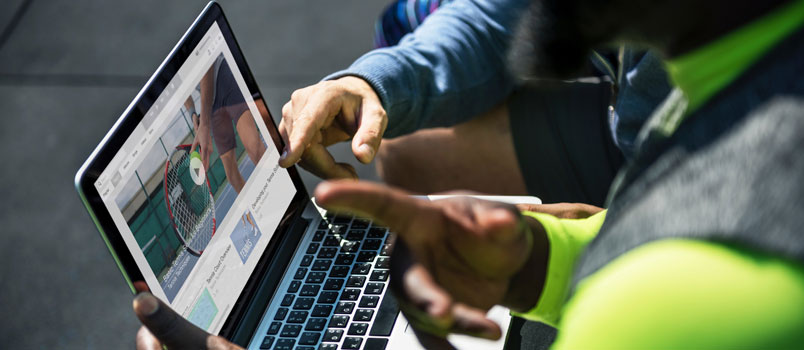Whether you have been asked to design educational resources as part of a specific project, or you are simply trying to expand your knowledge of design practices, here are some tips on how to design educational tools that are engaging and, therefore, effective.
Learn your stuff
First of all, creating engaging and effective educational resources is only partly a matter of having design and tech skills. Like other kinds of design, but perhaps even more so, educational design relies heavily on knowledge of educational psychology and current educational practices. If you are planning to specialize in designing educational resources, you can get an M.A. in Learning, Design, and Technology, which will teach you not only how to use the latest technology for your design projects but also how to apply the latest innovations in educational theory in your design practice.
Be clear about the desired outcomes
Before you start designing your resources, make sure that you’re clear not only on the content that should be covered but also on the desired learning outcomes. For instance, if you have been asked to design a new app to teach elementary school kids about math, what is it exactly that the students should achieve through using the app? Is it meant to help them consolidate their theoretical knowledge or find practical applications for it? Depending on the learning goals, your final product will look quite different.
Know your target audience
Similarly, before you get stuck in to designing your educational tools, it is imperative that you know your target audience. What age are the people who are going to be using your product? If they are young kids, you might do well to use bright colors, as kids are more attracted to those than to muted shades, whereas adults might find an abundance of primary colors garish and might even struggle to take the educational resource seriously if it reminds them too much of their kindergarten days. More generally, if you are going to be designing educational resources for children and teenagers, you should be aware of their stages of development.
Another important consideration is the level of literacy that your end users are likely to have. Don’t just assume that adults are going to be comfortable with complicated words and sentences, as there are many adults who didn’t complete much schooling or who are not very familiar with the language you are using. Unless you are designing resources for a specific organization that only admits students with a high level of literacy, such as a university, you should use simple language and provide visual cues to accompany the written text to maximize your end users’ chance of understanding the content.
Keep disabilities in mind
A good educational resource will be accessible to people with as many different disabilities as possible. Of course, it is extremely difficult to produce a tool that will be accessible to absolutely everybody on the planet, but you should include accommodations for as many disabilities as you can, including subtitles, ASL translations, Braille, and alt text captioning.
Keep these tips in mind, and your educational tools will be very effective.





